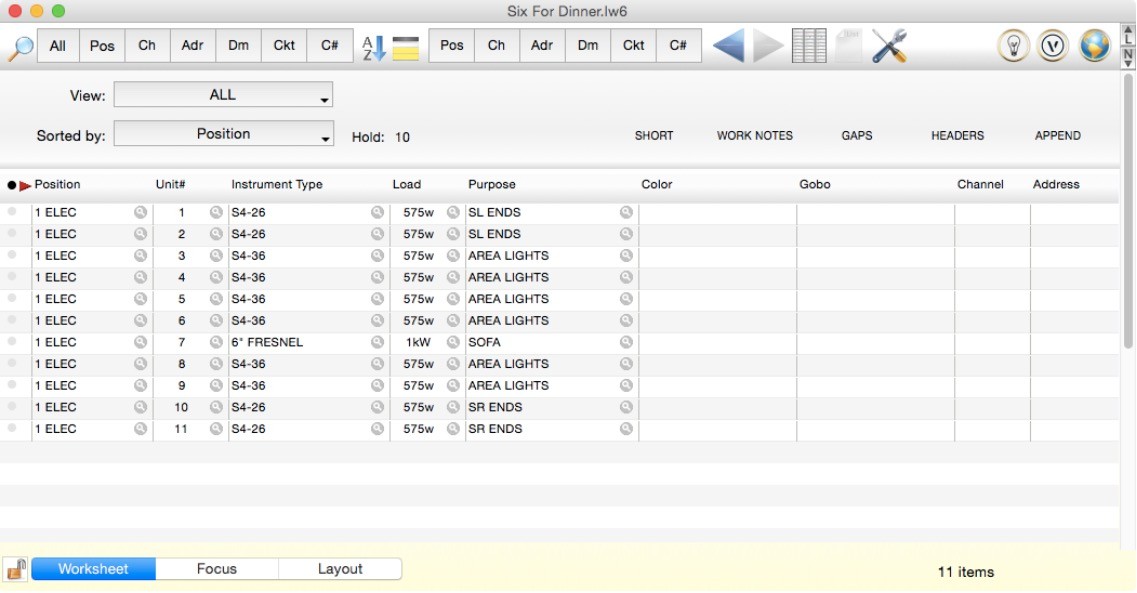

- LIGHTWRIGHT 6 MAC OS X
- LIGHTWRIGHT 6 SOFTWARE
The Console Link feature requires ETC Eos/Nomad family version 2.3.3 or newerįor software licenses purposes, a product license code will be emailed to you. An internet connection for installation and use of some features. A hard drive with at least 350MB of disk space. A color monitor with at least 1024x768 resolution. 
LIGHTWRIGHT 6 MAC OS X
Mac OS X 10.7 (Lion) or newer, or Windows 7 SP1, or Windows 8.1, or Windows 10. 
Data Exchange changed the way thousands of designers develop their light plots by allowing Vectorworks lighting data to be brought directly into Lightwright, and allowing design changes to flow back and forth between the two programs. Lightwright 5 brought lighting users Data Exchange between Lightwright and Vectorworks, a new and easy way to share data with Vectorworks Spotlight.
Supports Apple Macintosh Retina displays. New worksheet features such as Gaps, Headers, and Short make seeing and manipulating data faster than ever. Many facilities maintain large quantities of Source Four fixtures and lenses. A built in label maker - to organize their shows and to provide easy identification of gear, production electricians carefully label everything, including lights, cables, breakouts, power supplies, dimmer racks, and data distribution gear. The built-in label design and printing features will cut hours from the time it takes to create and print labels, utilizing a built in Avery® label database Lightwright 6 brings us Console Link for ETC’s Eos family, which changes the way we work in the theater by allowing console data to flow back and forth between Lightwright and the lighting console, including the ability to control console channels directly from Lightwright. Lightwright 6 has dozens of other new features for lighting users Lightwright 6, for the first time, fulfills a longtime industry dream of controlling the flow of lighting data from design to console without needing to enter data multiple times by hand, while documenting up to 45,000 universes of data. As the lighting world has increased in complexity due to the proliferation of moving lights and LEDs, the organizational demands on lighting designers, design assistants, and electricians has continued to grow.







 0 kommentar(er)
0 kommentar(er)
